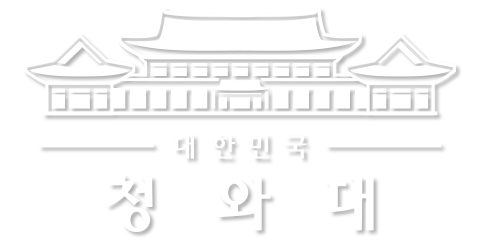이 웹사이트는 제19대 대통령 임기 종료에 따라 대통령기록관이 「대통령기록물 관리에 관한 법률」에 의해 이관받아 서비스하는 대통령기록물입니다. 자료의 열람만 가능하며 수정 · 추가 · 삭제는 불가능합니다.
다만, 「개인정보보호법」에 의하여 개인의 정보를 보호받기 원하시는 분은 관련 내용(요청자, 요청내용, 연락처, 글위치)을 대통령 웹기록물 담당자(044-211-2253)에게 요청해 주시면 신속히 검토하여 조치해 드리겠습니다. 감사합니다.
MEDIA

President Moon Jae-in delivers a speech during a Buddhist ceremony to pray for peace and security on the Korean Peninsula, at COEX in Seoul on April 17.
By Sohn JiAe
Photos = Cheong Wa Dae
President Moon Jae-in has called on Buddhists to show their support for peace on the Korean Peninsula. “The Hwajaeng theory (화쟁, 和爭) espoused by Wonhyo (원효, 元曉) (617-686), one of the greatest masters in the history of Korean Buddhism, means a ‘cooperative resolution of conflict,’ and it will hopefully be fulfilled on the peninsula, as we resolve conflicts and division between the two Koreas,” he said.
His remarks came during a Buddhist ceremony on April 17 to pray for security and peace on the peninsula, with chief monks and representatives from major temples across the country, and also some non-Korean Buddhists, in attendance.
“Not only the reunion of separated families from the Korean War (1950-1953) and exchanges between South and North Koreans across social, economic and cultural areas, but also religious exchanges will hopefully be carried out more actively,” said President Moon said. “Religious exchanges, for example, involving Bohyeonsa, Subgyesa and Yeongtongsa temples would help to facilitate such exchanges between South and North Korean Buddhists.”
The president then called for the Buddhist community’s support to help achieve true peace and unity on the peninsula. “Now, a breakthrough shift is about to begin in world history, a shift that will create a new international order,” he said.

President Moon Jae-in (second from left) and first lady Kim Jung-sook pray for peace on the Korean Peninsula, in Seoul on April 17.
***



